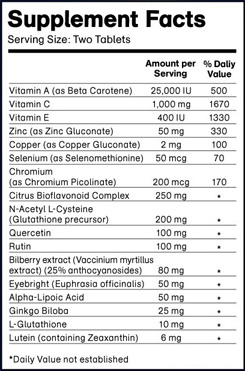|
Myopia Information
|
 |  |  |
|
|
 |  |  |
Myopia is also known as Nearsightedness or short sightedness and is one type of refractive error.
Nearsightedness can occur when your Cornea is curved too much or when your eye is longer than normal.
Instead of being focused precisely on your Retina, light is focused in front of your retina, resulting in a Blurry Vision appearance for distant objects.
This is because the eyeball is too long, or the cornea is too steep, so images are focused in the inside the eye rather than on The Retina at the back of the eye.
The opposite condition of Myopia is Hyperopia also known as "farsightedness" or "long-sightedness". This is where the cornea is too flat or the eye is too short.
These are both called a
Refractive Error,
which is when your cornea or lens isn’t evenly, and smoothly curved, light rays aren't refracted properly, and you have a refractive error.
Another Refractive Error Condition is Astigmatism
This occurs when your cornea is curved more steeply in one direction than in another. Uncorrected astigmatism blurs your vision.
Typically, the images you see will be Blurred Vision more in one direction than another. For example, horizontal images may be more out of focus than are vertical or diagonal images.
Mainstream ophthalmologists and optometrists most commonly correct myopia and refractive errors through the use of corrective lenses, such as Eye Glasses or Contact Lenses. It may also be corrected by refractive Laser Eye Surgery , such as LASIK.
The corrective lenses have a negative optical power (i.e. are concave), which compensates for the excessive positive diopters of the myopic eye.
In some cases, patients with low level myopia use pinhole glasses. These work by reducing the blur circle formed on the retina.
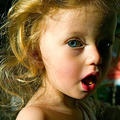 | 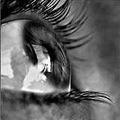 | 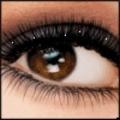 |
|
|
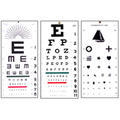 | 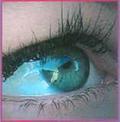 | 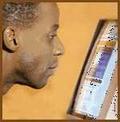 |
Symptoms of Myopia
- Being nearsighted may mean:
- Distant objects appear blurry
- You need to squint to see clearly
- You have headaches caused by excessive eyestrain
Nearsightedness is often first detected during childhood, from early school years through the later teens. A child with nearsightedness may:
- Persistently squint
- Sit very close to the television, movie screen or chalkboard
- Hold books very close while reading
- Seem to be unaware of distant objects
- The cornea, the clear front surface of your eye
- The lens, a clear structure inside your eye that changes shape to help focus objects
Your eye has two parts that focus images:
In a perfectly shaped eye, each of these focusing elements has a perfectly smooth curvature like the surface of a rubber ball.
A cornea and lens with such curvature bend (refract) all-incoming light in such a way as to make a sharply focused image on the retina, at the back of your eye.
Although you can't prevent Myopia or nearsightedness, you can help protect your eyesight and your vision by following these steps:
- Have your eyes checked. Regardless of how well you see, have your eyes checked regularly for problems.
- Control chronic health conditions. Certain conditions, such as diabetes and high blood pressure, can affect your vision if you don't receive proper treatment.
- Recognize symptoms.Sudden Loss of Vision in one eye, sudden hazy or Blurred Vision, flashes of light, black spots, or halos or rainbows around lights may signal a serious Vision Problem, such as retinal tear or detachment, requiring urgent medical attention. Similar symptoms can be caused by other serious medical problems, such as acute Glaucoma or a stroke. Talk to your doctor immediately if you experience any of these symptoms.
- Protect Your Eyesight from the sun. Wear Sunglasses that block ultraviolet (UV) radiation. This is especially important if you spend long hours in the sun or are taking a prescription medication that increases your sensitivity to UV radiation.

Subscribe to EyeSight Vision Care! , our monthly newsletter with in depth information to help you keep up to date on how to Protect Your Eyesight with a free bonus. Fill out the form below. You'll then receive an email asking you to confirm that you subscribed. You'll always have the option to unsubscribe at the click of your mouse.
More Information







